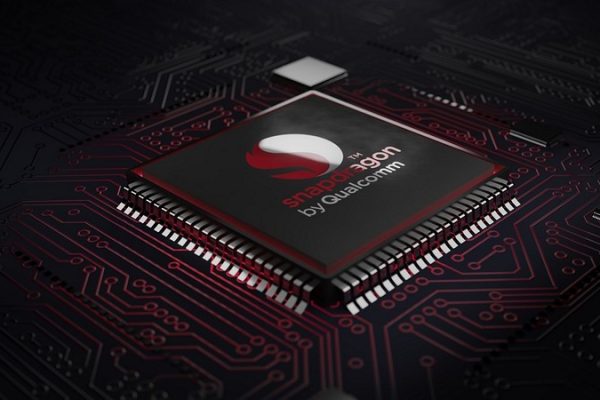
Tesla’s recent recall of over 2 million vehicles for minor software adjustments highlights the evolving landscape of automotive engineering, particularly emphasizing the pivotal role of software-defined systems. This recall not only underscores the challenges and opportunities presented by software integration in vehicles but also signifies a transformative shift towards more sustainable and efficient solutions in automotive safety and maintenance. What challenges do vehicle recalls introduce, how does Tesla’s recall exemplify the power of software-defined systems, and what potential does this demonstrate for future automotive maintenance and safety?
Top Stories This Week
- Tesla’s Latest Recall: The Power Of Software-Defined Cars
- BT Launches Multi-Million-Pound NB-IoT Network To Support UK Smart Cities
- Nvidia Has Invested In Five AI Companies: Which Are They?
- Intel Launches World’s First Systems Foundry Designed For The AI Era
- Microsoft Aims To Reduce Nvidia Reliance With New AI Server Equipment
- Tesla Adopts Interior Radar For Interior Monitoring
- Comfort Isn’t Just A Vision Pro Problem — It’s A Wearable One
- Burglars Using Jammers To Disable Wireless Smart Home Security
- MIT Engineers 3D Print The Electromagnets At The Heart Of Many Electronics
- Potato Plants As Radiation Sensors
- India’s Homebrew RISC-V CPU Goes On Sale In New Development Board
Hardware Business News
BT Launches Multi-Million-Pound NB-IoT Network To Support UK Smart Cities

BT is now embarking on a transformative journey with the introduction of its state-of-the-art NB-IoT network, a ground-breaking initiative poised to revolutionize the landscape of connectivity in the UK. This multi-million-pound network, bolstered by the renowned EE mobile network, promises extensive coverage across 97% of the nation’s population. How does BT’s new NB-IoT network promise to revolutionize industries such as utilities, construction, and the public sector by facilitating secure and reliable connections for automated processes, in what ways can the deployment of this network enhance efficiency and cost-effectiveness, and what opportunities does BT’s NB-IoT network present for advancing IoT solutions in diverse sectors?
Nvidia Has Invested In Five AI Companies: Which Are They?
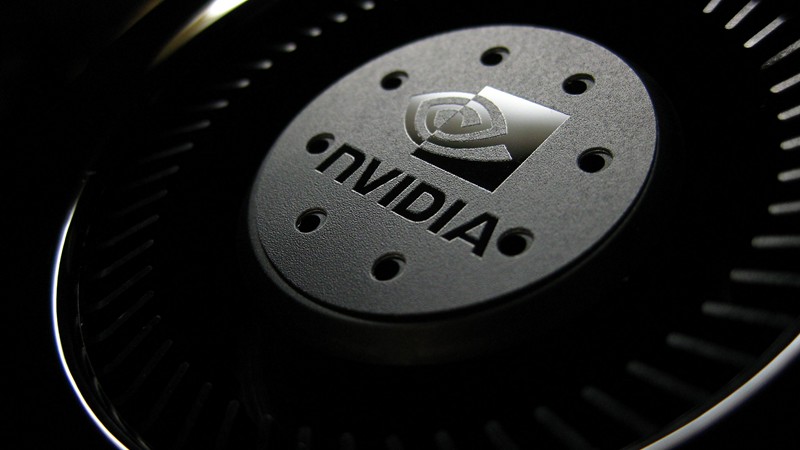
NVIDIA’s recent disclosure of its investments in five AI-linked companies has ignited a surge in market interest, further solidifying the tech giant’s influential position in the realm of artificial intelligence. With stakes in ARM Holdings, SoundHound AI, Recursion Pharmaceuticals, Nano-X Imaging, and TuSimple, NVIDIA’s strategic moves have not only propelled these companies’ share prices but also shed light on the diverse applications of AI across industries. How are companies like Recursion Pharmaceuticals utilizing AI to revolutionize drug discovery processes, what factors contributed to the significant growth of companies like SoundHound AI and Nano-X Imaging following NVIDIA’s investments, and despite NVIDIA’s support, why has TuSimple, an autonomous trucking company, faced challenges and experienced a drastic decline in value despite being involved with AI technologies?
Intel Launches World’s First Systems Foundry Designed For The AI Era
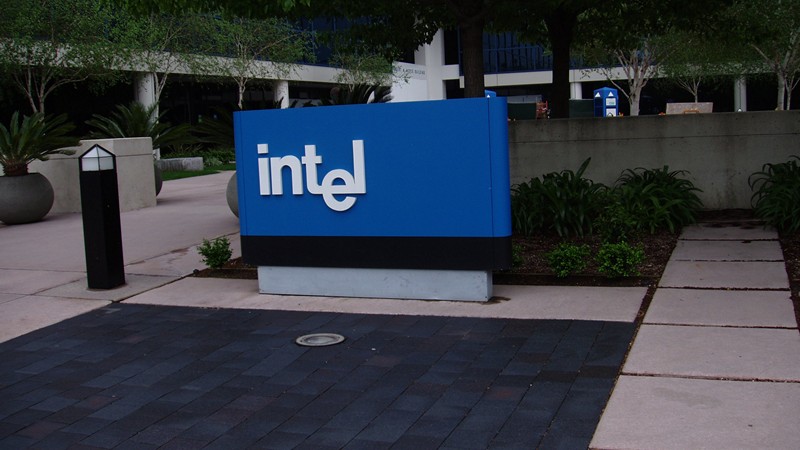
Intel Corporation’s recent announcement regarding its expanded process roadmap and the launch of Intel Foundry signifies a significant stride in its ambition to become a prominent player in the AI era. This development, unveiled at the Intel Foundry event, was attended by industry leaders and key stakeholders, including U.S. Commerce Secretary Gina Raimondo, Arm CEO Rene Haas, and Open AI CEO Sam Altman. How does Intel’s launch of Intel Foundry as the world’s first systems foundry for the AI era reshape the landscape of semiconductor manufacturing, how does Intel plan to maintain its leadership position and address the evolving demands of its customers in the coming decade, and how do strategic collaborations between Intel and major industry players like Microsoft signify confidence in Intel’s capabilities?
Microsoft Aims To Reduce Nvidia Reliance With New AI Server Equipment
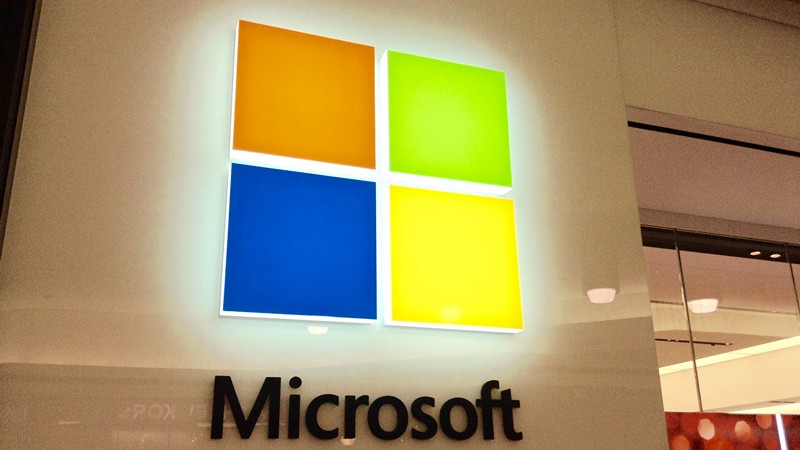
Recent reports reveal Microsoft’s strategic move to develop a new network card that could potentially bolster the capabilities of its Maia AI server chip, marking a significant step towards reducing dependency on chip giant NVIDIA. Spearheaded by Pradeep Sindhu, co-founder of Juniper Networks and now leading the development under Microsoft, this initiative follows Microsoft’s acquisition of Sindhu’s server chip start-up, Fungible, in 2023. How does Microsoft’s pursuit of developing a new network card align with its broader strategy what potential implications might it have on its relationship with chip designer NVIDIA, and what competitive advantages or unique features might Microsoft aim to incorporate to differentiate its offering in the market?
Hardware Engineering News
Tesla Adopts Interior Radar For Interior Monitoring

As the automotive industry undergoes a profound transformation towards electric vehicles, consumer preferences are shifting from traditional performance metrics to a greater emphasis on smart interior features. This shift is compelling automotive OEMs to invest more resources in enhancing interior functionalities to add greater value to their products and differentiate them from competitors. How are driver monitoring systems reshaping the automotive industry, what are the key drivers behind their increasing integration into vehicles across different market segments, and how is Tesla meeting the changes in vehicle addons?
Comfort Isn’t Just A Vision Pro Problem — It’s A Wearable One
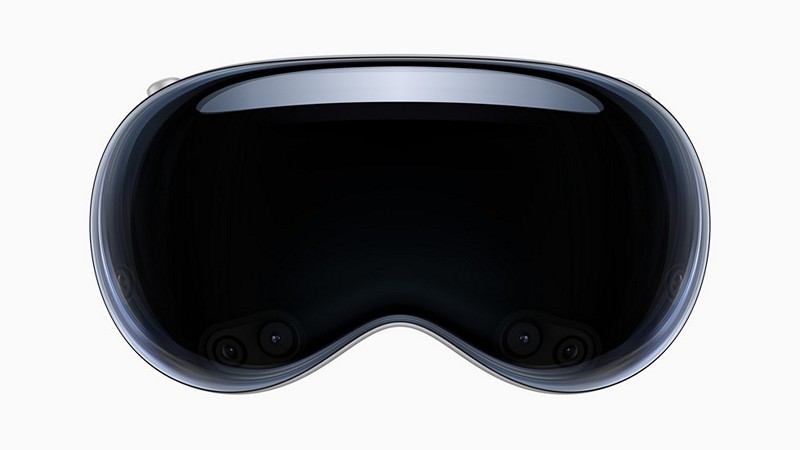
In the realm of wearable technology, comfort reigns supreme. Whether it’s smartwatches, smart rings, smart glasses, or mixed reality headsets, the fit and feel of these devices play a pivotal role in user adoption. Yet, achieving universal comfort is a challenge, something which the Apple Vision Pro continues to struggle with. How do manufacturers balance the trade-off between features, battery life, and comfort in wearable devices like smartwatches, what are the key challenges in providing a comfortable fit for wearables such as smart rings and smart glasses, and how can manufacturers address them?
Burglars Using Jammers To Disable Wireless Smart Home Security

In Edina, Minneapolis, a disturbing trend has emerged in the realm of home security. Recent incidents of burglary have revealed the utilization of Wi-Fi jammers by criminals to disrupt signals from wireless security systems. These jammers, as reported by KARE 11, not only disable security cameras but also render door, window, and motion sensors ineffective. The rise of this technology poses significant challenges for law enforcement and homeowners, prompting concerns about the vulnerability of modern security measures. How are Wi-Fi jammers being employed by burglars to undermine home security systems, what implications does this trend have for homeowners, and how can homeowners enhance their security measures in response to this emerging risk?
Hardware R&D News
MIT Engineers 3D Print The Electromagnets At The Heart Of Many Electronics
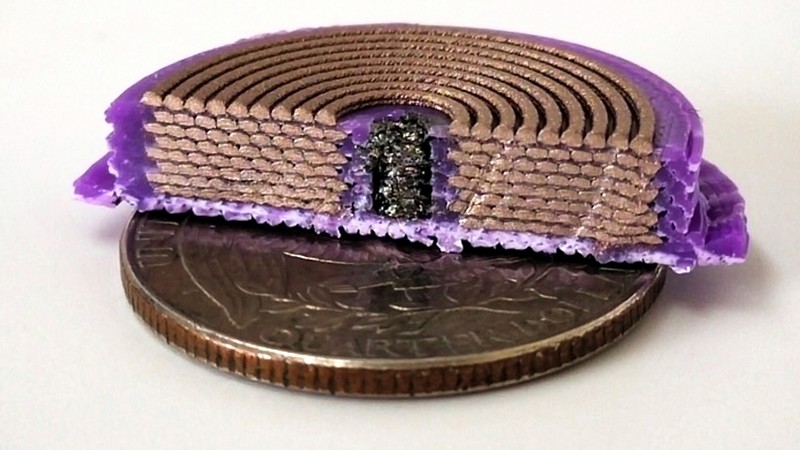
The realm of 3D printing continues to push the boundaries of innovation, now extending its reach into the domain of electronic devices. In a ground-breaking endeavour, a team at MIT has achieved a significant milestone by demonstrating the creation of fully 3D-printed, three-dimensional solenoids. These solenoids, integral components of various electronic systems ranging from dialysis machines to household appliances, hold immense promise in revolutionizing manufacturing processes and expanding access to essential technologies. How do fully 3D-printed solenoids hold the potential to revolutionize the manufacturing landscape, what challenges did the researchers encounter in the development of these solenoids, and how did they overcome these obstacles to achieve their results?
Potato Plants As Radiation Sensors

Nuclear energy, hailed for its potential to provide clean power and aid in climate mitigation efforts, also carries inherent risks, particularly concerning radioactive pollution. Conventional mechanical radiation detectors, while widely used, have demonstrated vulnerabilities, especially during crises such as nuclear accidents. To address these shortcomings, a team of plant scientists at the University of Tennessee embarked on a pioneering initiative to develop an alternative: a plant-based sensor for gamma radiation. What motivated researchers to explore plant-based sensors as an alternative to conventional mechanical radiation detectors, what advantages do phytosensors offer in terms of reliability and accessibility, and what potential applications do radiation phytosensors hold in the realm of nuclear safety and disaster response?
Open-Source Hardware News
India’s Homebrew RISC-V CPU Goes On Sale In New Development Board
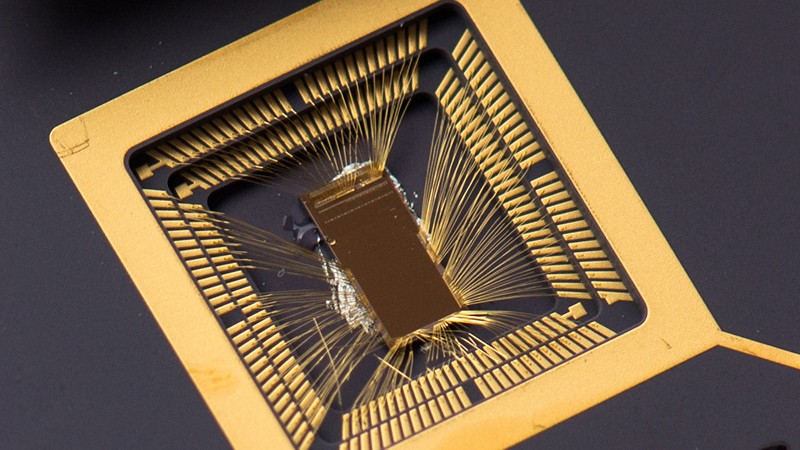
In the ever-evolving arena of technology, Asia stands as a beacon of innovation and adaptation, continually shaping the global tech landscape. Recent developments across the continent showcase a diverse range of advancements, challenges, and strategic moves that are reshaping industries and influencing international dynamics. From India’s strides in semiconductor technology to Japan’s resilience in the face of cyber threats and China’s shifting dominance in the tablet market, Asia’s tech scene is a vibrant tapestry of progress and complexity. How are India’s home-grown DIR-V VEGA RISC-V processors shaping the country’s semiconductor industry, what global implications do they carry, and how does this position India in the world of semiconductors?

